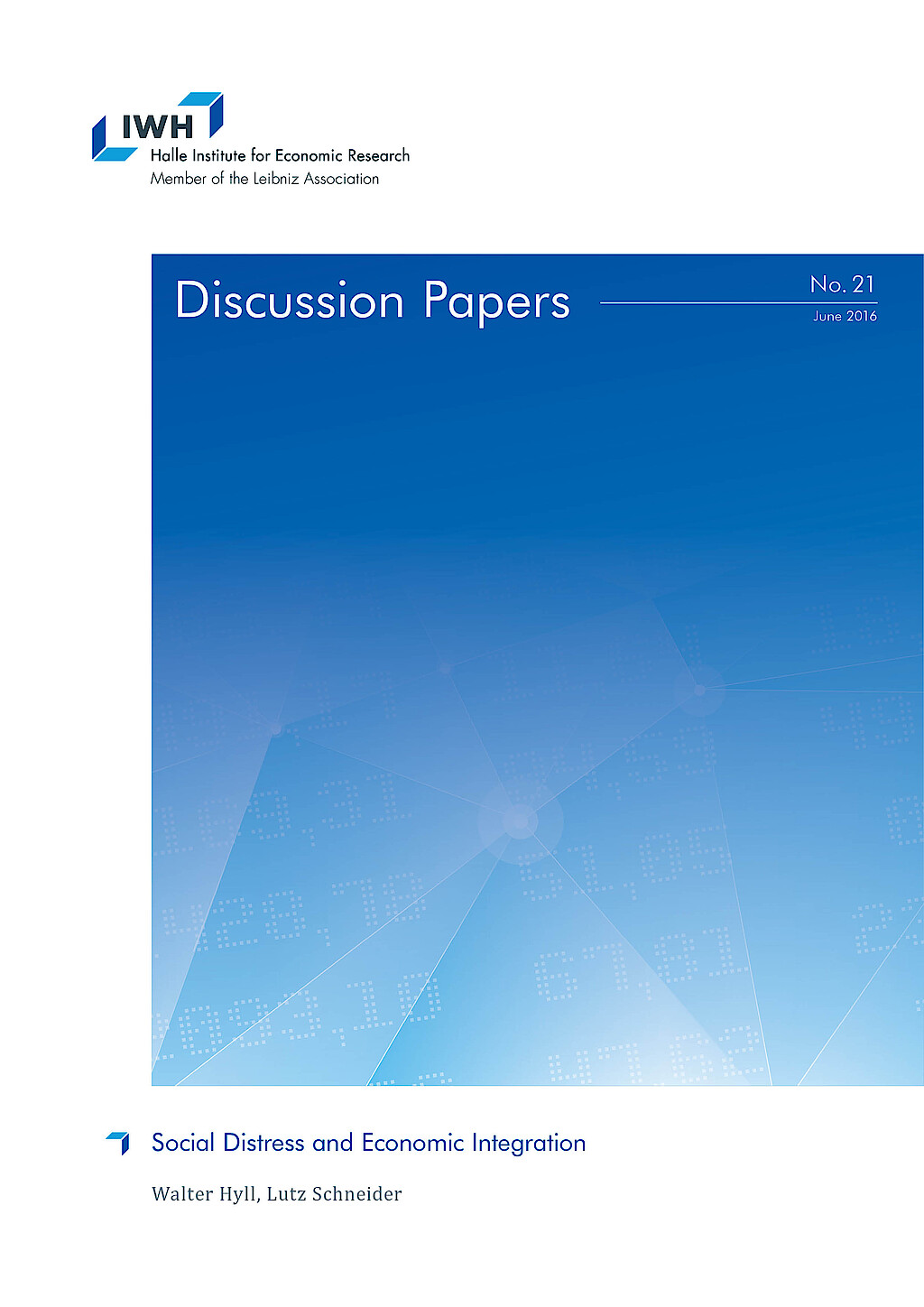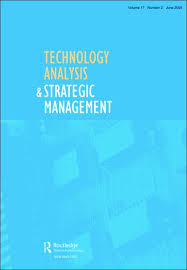
Plant-based Bioeconomy in Central Germany - Mapping of Actors, Industries and Places
The challenges facing the 21st century, presented by a growing global population, range from food security to sustainable energy supplies to the diminishing availability of fossil raw materials. An attempt to solve these problems is made by using the concept of bioeconomy. Plants, in particular, possess an important function in this context - they can be used either as a source of food or, in the form of biomass, for industrial or energy purposes. Linking industrial and agricultural research and production, bioeconomy provides growth potential, in particular in rural areas. The aim of this article is therefore to outline the status of plant-based bioeconomy in three states of Central Germany - Saxony, Saxony-Anhalt and Thuringia - and to compare this to German plant-based bioeconomy. We take an in-depth look at the different sectors and outline the industries involved, the location and age of the enterprises as well as the distribution of important NACE codes. In conclusion, we highlight the significant number of new or small enterprises and the high research and innovation rate of Central Germany. We also stress the future potential of Central German plant-based bioeconomy as well as the importance of a more plant-focusedview of the technology sector.





